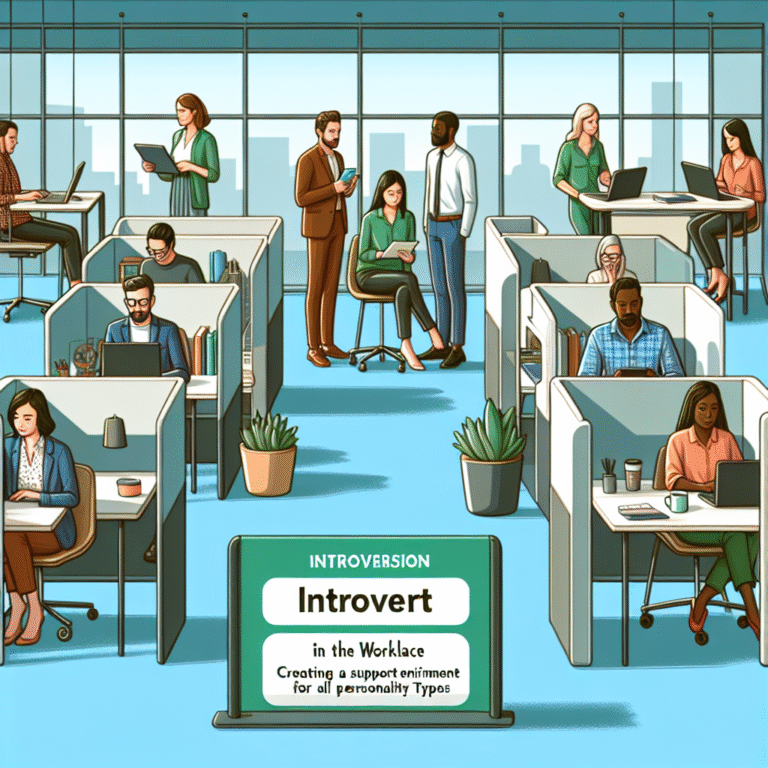
Introduction
In today’s fast-paced business landscape, successful organizations often tout their cohesive teams and unified visions. However, this apparent harmony can sometimes mask a deeper, potentially destructive force: groupthink. The phenomenon of groupthink, where the desire for group consensus overrides critical thinking, can lead businesses to a perilous juncture—transitioning from unity to uniformity. This shift not only stifles innovation but may also jeopardize entire strategic initiatives.
Understanding the dynamics of groupthink is essential for leaders who want to harness the power of their teams while mitigating the risks associated with conformist thinking. This article dissects the concept of groupthink through the lens of business strategy, revealing its substantial repercussions and offering insights into fostering a culture that promotes diverse perspectives.
The Anatomy of Groupthink
What is Groupthink?
Groupthink is a psychological phenomenon that occurs when a group values consensus and harmony over critical analysis. The term was first coined by social psychologist Irving Janis in the 1970s, and it describes a situation where the collective mindset prevails, often leading to suboptimal outcomes.
Key Characteristics
Janis identified several key characteristics that typically accompany groupthink:
- Illusion of Invulnerability: Members develop unwarranted optimism, leading to risk-taking.
- Collective Rationalization: Group members dismiss warnings and do not reconsider their assumptions.
- Belief in Inherent Group Morality: Members view the group’s decisions as morally superior.
- Stereotyping Out-Groups: The group dismisses external opinions as inferior.
- Self-Censorship: Individuals withhold dissenting views to avoid disrupting harmony.
- Illusion of Unanimity: Silence is perceived as agreement.
- Direct Pressure on Dissenters: Members pressure those who voice opposing viewpoints.
These characteristics create an environment where innovation is often stifled, leading organizations from “unity” in their objectives to dangerous “uniformity” in their thinking.
The Risks of Groupthink in Business Strategy
The transition from unity to uniformity carries several significant risks:
1. Stifled Innovation
When teams prioritize consensus over creativity, they often overlook innovative solutions. The fear of deviating from the group’s established trajectory can lead to missed opportunities. For example, in 2003, Blockbuster famously missed the chance to buy Netflix, primarily due to groupthink among executives who felt confident with their existing business model.
2. Poor Decision-Making
Groupthink often leads to decisions that are not fully vetted, resulting in flawed strategies. A classic case is the Bay of Pigs invasion in 1961, where a U.S. Government Advisory Group’s desire for consensus led to a poorly executed military operation with dire consequences.
3. Erosion of Individual Responsibility
In a groupthink atmosphere, personal accountability diminishes as decisions become collective. This phenomenon can lead individuals to feel less responsible for failures, which can create a cycle of blame and dysfunction.
4. Resistance to Change
Groups entrenched in uniformity often resist structural or strategic changes, even when they’re necessary. Kodak’s inability to adapt to digital photography is a textbook case of excessive reliance on a familiar model that ultimately led to bankruptcy.
5. Lack of Competitive Edge
In a rapidly evolving marketplace, failure to question the status quo can leave companies lagging behind competitors who embrace divergent thinking.
Case Studies Illustrating Groupthink
Case Study 1: Blockbuster vs. Netflix
Overview
In the late 1990s, Blockbuster was the dominant name in video rental. However, their leadership’s reluctance to innovate obstructed their ability to adapt to changing consumer preferences.
Analysis
Executives viewed their traditional business model as untouchable, leading to groupthink within the organization. This decision-making paralysis allowed Netflix to emerge as the industry leader.
Case Study 2: The Bay of Pigs Invasion
Overview
The failed U.S. invasion of Cuba in 1961 is another prime example of groupthink. The group surrounding President Kennedy largely stifled dissenting opinions, leading to a poorly executed plan.
Analysis
The repercussions were severe and demonstrated how groupthink could lead a nation into a strategically detrimental situation. A lack of scrutiny and the pressure to conform produced disastrous outcomes.
Case Study 3: Kodak’s Digital Downfall
Overview
Kodak dominated the photography market for decades but failed to transition to digital technology due to an entrenched corporate culture resistant to change.
Analysis
The company had the technology to lead in the digital space but chose to stick to its film-based business model. Groupthink prevented them from pivoting, allowing competitors to seize the market.
Strategies to Counteract Groupthink in Business Strategy
1. Encourage Dissent
Create an environment where employees feel safe voicing their opinions, even if they contradict popular consensus. This may involve establishing mechanisms for anonymous feedback or designated "devil’s advocates" to challenge prevailing views.
2. Diverse Teams
Diverse perspectives enhance creativity and problem-solving. Building teams with members from varying backgrounds fosters dialogue and reduces the likelihood of uniformity.
3. Structured Decision-Making Processes
Implement frameworks for decision-making that require comprehensive analysis and evaluation of alternatives. Techniques like SWOT analysis can unearth viable options that groupthink could overshadow.
4. Regular Review Meetings
Conduct follow-up meetings to reassess ongoing strategies and allow team members to revisit decisions with fresh eyes. This process can help mitigate potential pitfalls born from groupthink.
5. Education and Training
Provide training sessions focused on recognizing groupthink and its potential impacts on decision-making. Awareness is the first step toward fostering a culture that values independent thought.
Conclusion
The journey from unity to uniformity can be treacherous for businesses. Understanding the risks associated with groupthink is key to a more resilient and innovative organization. By actively addressing the symptoms of groupthink, fostering diverse perspectives, and embracing dissent, companies can protect themselves from the pitfalls of groupthink in business strategy.
Inculcating a culture that values originality over harmony can lead to remarkable breakthroughs and sustained competitive advantages. As leaders, it is essential to remember: a united team is powerful, but an innovative team is unstoppable.
FAQs
1. What is groupthink?
Groupthink is a psychological phenomenon that occurs when a group’s desire for harmony and conformity results in irrational or dysfunctional decision-making.
2. How can I recognize groupthink in my team?
Signs include the illusion of invulnerability, collective rationalization, self-censorship, and direct pressure on dissenters.
3. What are the consequences of groupthink?
Consequences may include stifled innovation, poor decision-making, erosion of individual responsibility, and resistance to change.
4. How can I prevent groupthink in my organization?
Encouraging dissent, assembling diverse teams, implementing structured decision-making processes, and offering training can help mitigate groupthink.
5. Are there any famous examples of groupthink?
Yes, notable cases include Blockbuster vs. Netflix, the Bay of Pigs invasion, and Kodak’s failure to adapt to digital photography.
By addressing groupthink and fostering an environment of innovation and independent thought, business leaders can pave the way for a brighter and more dynamic future, steering their teams toward success rather than stagnation.











